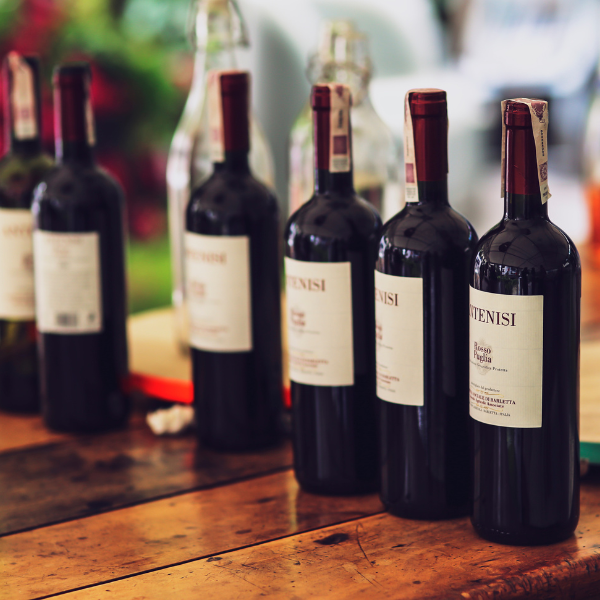Coffee packaging is more than just a protective shell for your beans—it’s a storytelling tool, a branding canvas, and often the first impression you make on a customer. If you're exploring custom label options, you’ve probably come across transparent labels. They're sleek, modern, and show off your product—but are they the right choice for your brand?
Let’s break down the pros, cons, and print tips so you can make the best call for your café, roastery, or food business.

The Appeal Of Transparent Labels For Coffee Packaging
Transparent labels are growing in popularity, especially among specialty coffee brands that prioritize clean design and authenticity. These labels let the product take center stage while still offering branding real estate.
One of the biggest advantages? Transparency invites trust. When customers can see your beans through the packaging, it signals freshness and quality. That’s a powerful edge for small-batch roasters, especially those using sustainable or single-origin beans.
From a design perspective, transparent labels create a minimalist, high-end aesthetic. They pair especially well with kraft paper, clear compostable pouches, or matte-finish containers. If your label features subtle typography or intricate illustrations, clear backgrounds let your designs stand out without overwhelming the packaging.
When Transparent Labels Might Not Work for You
As eye-catching as transparent labels are, they’re not ideal for every situation. The first concern is contrast. If your label text is too light or your coffee bag is too dark (or too busy), important information—like roast date or origin—can get lost. That’s a problem for both branding and regulatory compliance.
Transparent labels also need strong adhesive and durable materials to withstand handling, shipping, and moisture. If your packaging goes from freezer to shelf or gets handled frequently in retail environments, your label might scratch, peel, or fog up.
And if your coffee packaging includes bold patterns or colored pouches, a transparent label may look mismatched. In those cases, coffee bags with integrated print or opaque labels might offer a cleaner, more consistent look.
Print Tips for Creating Effective Transparent Labels
Designing for transparency is different from designing for white or colored stock. To make your graphics pop, consider using white ink printing—a common technique that adds opacity under specific design areas. This gives your text or logos the contrast they need against darker or textured packaging.
It’s also smart to test your labels on your actual coffee bags before committing to a full print run. The way your label interacts with bag color, lighting, and product texture can vary more than you’d expect.
For finishing options, matte laminates can soften reflections and offer a more natural look—perfect for artisan or eco-friendly brands. Glossy finishes add sheen but may highlight smudges or fingerprints more easily.
Matching Label Types To Product Formats
Transparent labels don’t just work for coffee. They’re also a great match for a range of branded café supplies, including sandwich boxes, iced drink cups, and to-go containers. A clear label on a sandwich box, for example, lets the food shine while still adding your logo, ingredients, or prep time details.
The versatility of transparent labels makes them a strong addition to your packaging toolkit. Just make sure they’re aligned with your container materials, in-store lighting, and branding palette.
Balancing Eco-Friendly Goals With Design Needs
For brands committed to sustainability, the type of label you choose matters. Transparent labels are often made with plastic films, which may not be compatible with compostable coffee packaging or recyclable pouches.
If sustainability is a core value, look for clear labels made from eco-friendly materials like cellulose or PLA (a bio-based plastic). Be cautious though—these may have specific storage requirements or shorter shelf lives.
Talk with your print partner about sustainable printing options like soy-based inks and low-impact adhesives to keep your brand promise intact. At Customizable.com, we offer guidance on matching transparent designs with eco-conscious packaging that still looks sharp on the shelf.
Is A Transparent Label Right For Your Coffee Brand?
Transparent labels for coffee packaging can be a stylish, trustworthy, and versatile option—especially when you want to highlight the quality of your beans or show off your eco-friendly packaging. But they’re not one-size-fits-all.
Before you commit, weigh your goals: Do you want high visibility? A minimal design? Full recyclability? With the right print materials and a bit of planning, transparent labels can elevate your custom printed packaging across product lines—from coffee to cold brew to baked goods.
Need help picking the right materials or finishes? Explore our page or reach out to chat packaging with a print expert.






